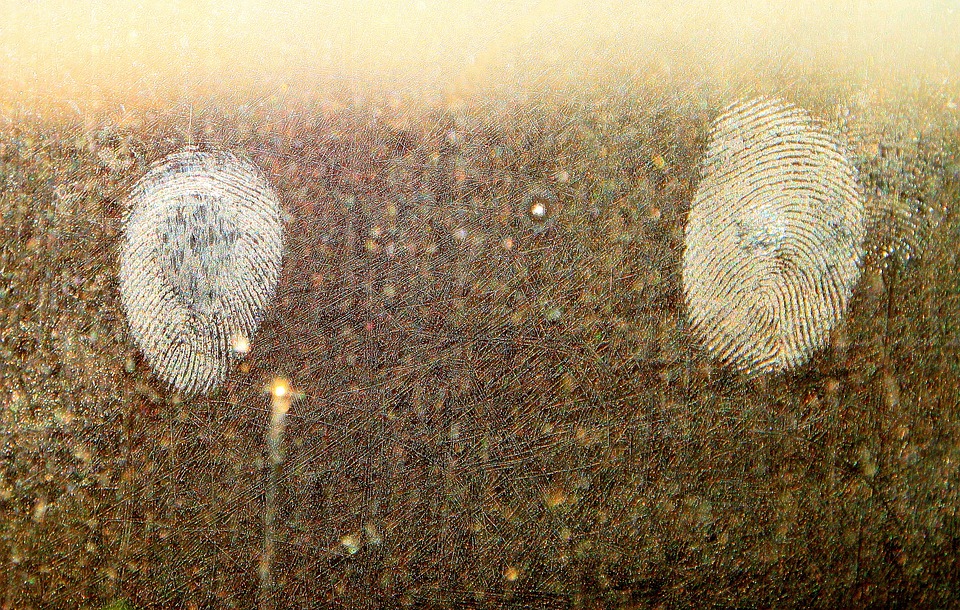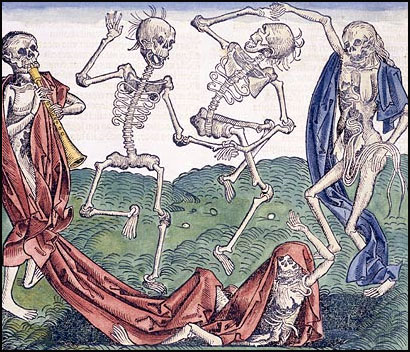Our setting is a rural Chinese village. A man is found stabbed and hacked to death. Local investigators perform a series of experiments with an animal carcass looking at the type of wounds caused by different shaped blades and determine that the man had been killed with a sickle. The magistrate calls all of the owners of a sickle together. The ten or so suspects all deny murder. The sickles are examined, all are clean with nothing to give away being a murder weapon. Most in the village believe the crime won’t be solved. The magistrate then orders all of the suspects to stand in a field and place their sickle on the ground before stepping back. They all stand and wait in the hot afternoon sun. It’s an unusual sight. At first nothing happens. Eventually a metallic green fly lands on one of the sickles. It’s joined by another. And another. And another. The sickle’s owner starts to look very nervous as more and more flies land on his sickle and ignore everyone else’s. The magistrate smiles. He knows that the murderer would clean his weapon. But there would be tiny fragments of blood, bone and flesh invisible to the human eye but not beyond a fly’s sense of smell. The owner of the sickle breaks down and confesses. He’s arrested and taken away.
I think it’s safe to say that we love forensic science dramas. They’re all of a type: low lit metallic labs, ultraviolet lights, an array of brilliant yet troubled scientists and detectives dredging the depths of human depravity. Forensic science is the cornerstone of our criminal justice system, a vital weapon in fighting crime. Yet the tale of the flies and the sickle didn’t take place in 2019. It didn’t even take place this century. It was 1235 CE.
This account, the first recorded example of what we would now call forensic entomology, was recorded in Collected Cases of Injustice Rectified a Chinese book written in 1247 by Song Ci, the world’s first forensic scientist. This is his story.
Song Ci from a Chinese Stamp (From China Post)
Song Ci was born in 1186 in southeast China. He was born in a period of China’s history called the Song dynasty (960-1279 CE). This period saw a number of political and administrative reforms including developing the justice system to create the post of sheriff. Sheriffs were employed to investigate crime, determine the cause of death and to interrogate and prosecute subjects. With this developed a framework to investigate crime.
The son of a bureaucrat he was educated into a life of scholarship. First training as a physician he found his way into the word of justice and was appointed judge of prisons four times during his lifetime.
Bust of Shen Kuo (From Lapham’s Quarterly)
This was a time of polymaths. Song Ci was inspired by the work of Shen Kuo (1031-1095) a man who excelled in many different areas of philosophy, science and mathematics. Shen Kuo argued for autopsy and dissected the bodies of criminals in the process proving centuries held theories about human anatomy wrong. In the UK such a practice would not be supported in legislation for another seven centuries.
Song Ci built on Shen Kuo’s work, observing the practice of magistrates and complying recommendations based on good practice. This would form his book Collected Cases of Injustice Rectified; in all fifty-three chapters in five volumes. The first volume contained an imperial decree on the inspection of bodies and injuries. The second volume was designed as instruction in post-mortem examination. The remaining volumes helped identify cause of death and the treatment of certain injuries.
Of note the book outlines the responsibilities of the official as well as what would be considered now routine practices such as the importance of accurate notes and the need to present during the post-mortem (including not being put off by bad smells). There are procedures for medical examination and specific advice on questioning suspects and interviewing family members.
Forensically, the richest part of the text is within the section titled "Difficult Cases". This explains how an official could piece together evidence when the cause of death appears to be something else such as strangulation masked as suicidal hanging or intentional drowning made to look accidental. A pharmacopoeia is also provided to make obscure injuries appear. There is a detailed description of determining time of death by the rate of decomposition and whether the corpse has been moved.
Whilst forensic science has obviously progressed since the work of Song Ci what is striking is how the foundations of good forensic work have not changed. He wrote about determining self-inflicted wounds and suicide based on the direction of wounds or the disposition of the body. He recommended noting tiny details such as looking underneath fingernails or in various orifices for clues of foul-play. Standard procedure today.
Song Ci died in 1249 with little heraldry. However, in modern times there has been an increased appreciation of his work. Just think how few 13th century scientific publications could have been as relevant as his after nearly a millennium.
There is an Asian maxim that “China is the ocean that salts all the rivers that flow into it”. All of us try to contribute in some way to the river of life. Any practitioner or appreciator of forensics must recognise the tremendous contribution Song Ci and his contemporaries made to progress the flow of justice.
Thanks for reading
- Jamie







